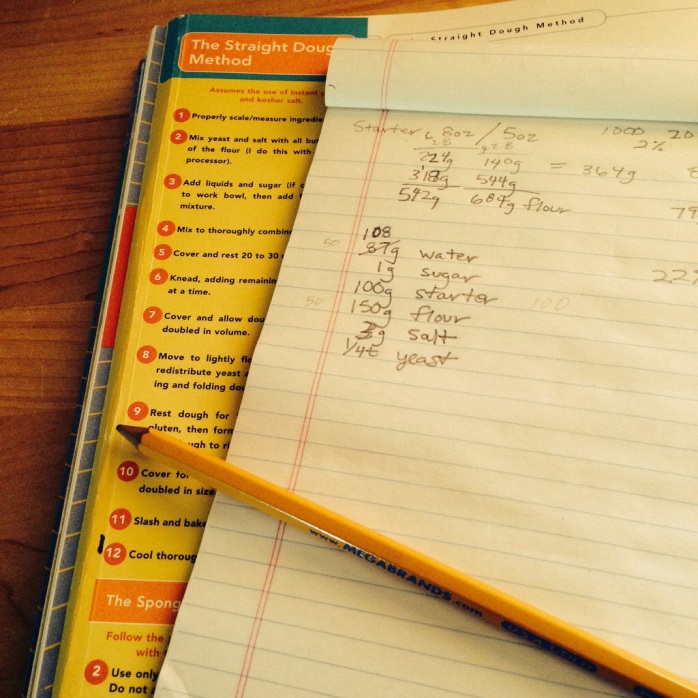Yes, some people find it messy, gross, whatever. So I don’t do it at parties, or in polite company, or even in impolite company. I didn’t double-dip whilst on holiday, which would seem a natural time to engage in food shenanigans. (I was too busy drinking and getting plowed like highway snow, the memory of which will have to suffice until a friggin eternity hell freezes over the second coming of Christ I give up trying next vacation.)
I *do* double-dip at home, with alacrity and without a shred of remorse. Yes [back of hand placed delicately to forehead, looking away to the horizon with chagrin], I double-dip my chicken.
So should you.
Typically, I bake or roast chicken. For chicken pieces, a soak in that Korean(ish) marinade for 45 minutes, followed by 45 minutes of covered baking at 325 degrees, then open roasting at 450 degrees for 25 minutes, produces a delightful protein that the kids leave denuded of all but the bone and the cluck.
But sometimes, I like to fry the chicken. And when I fry, I double-dip. As a Southerner by heritage if not by birth, soggy fried chicken or breading left in the frying pan are abominations which are not tolerated. If it doesn’t stick, and it doesn’t crunch, it ain’t fried chicken – that’s just some mess you poached in oil, bless yer heart.
Oddly, I have no measurements. Just a list of things that I do, which turns out moist, juicy chicken encased in flavorful crunch. Here goes; hold my beer:
Equipment
- 12-inch frying pan, half-full of vegetable oil and heated on medium-high until the flour sizzles
- two sets of tongs (one for dealing with the raw chicken, one for frying)
- catering pan (enough to hold the marinating chicken)
- small bowl (for the egg dip)
- 8 x 4 loaf pan (for the flour dip)
- aluminum foil, large enough to rest the dipped chicken
- baking sheet lined with paper towels
Marinade (catering pan)
- milk, enough to cover chicken
- vinegar, maybe 1t per cup of milk
- hot sauce, enough to turn the milk pink
- salt, eyeballed…but a 10% solution by weight works
Egg Dip
- 2 eggs, beaten
- shitload of hot sauce (enough to turn the eggs orange)
Flour Dip (all eyeballed)
- self-rising flour (look through my 1-2-3-4 cake recipe, or Google it)
- Old Bay Seasoning
- Salt
- Pepper
Doin’ Stuff
After 2 hours in the marinade at room temp, the chicken is double-dipped, egg dip first. I let it set up on the sheet of foil for about 10 minutes while the oil heats up, because I want that meat glue/flour mixture to cling to the chicken for dear life.
The fry time will depend on the piece. I typically fry legs, so 6 minutes per side will get it to the color in the photo. When in doubt, fry to the color you want, then set it in a 300 degree oven for 10 minutes or so to finish. The nice thing about that salty, ersatz buttermilk brine is that the chicken will survive the time in the oven without becoming chicken jerky.







